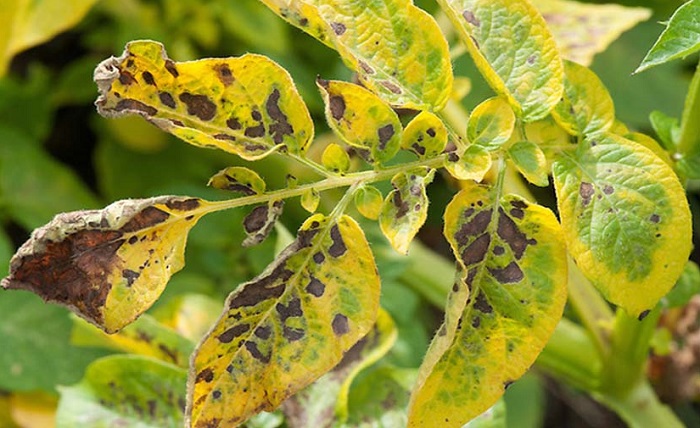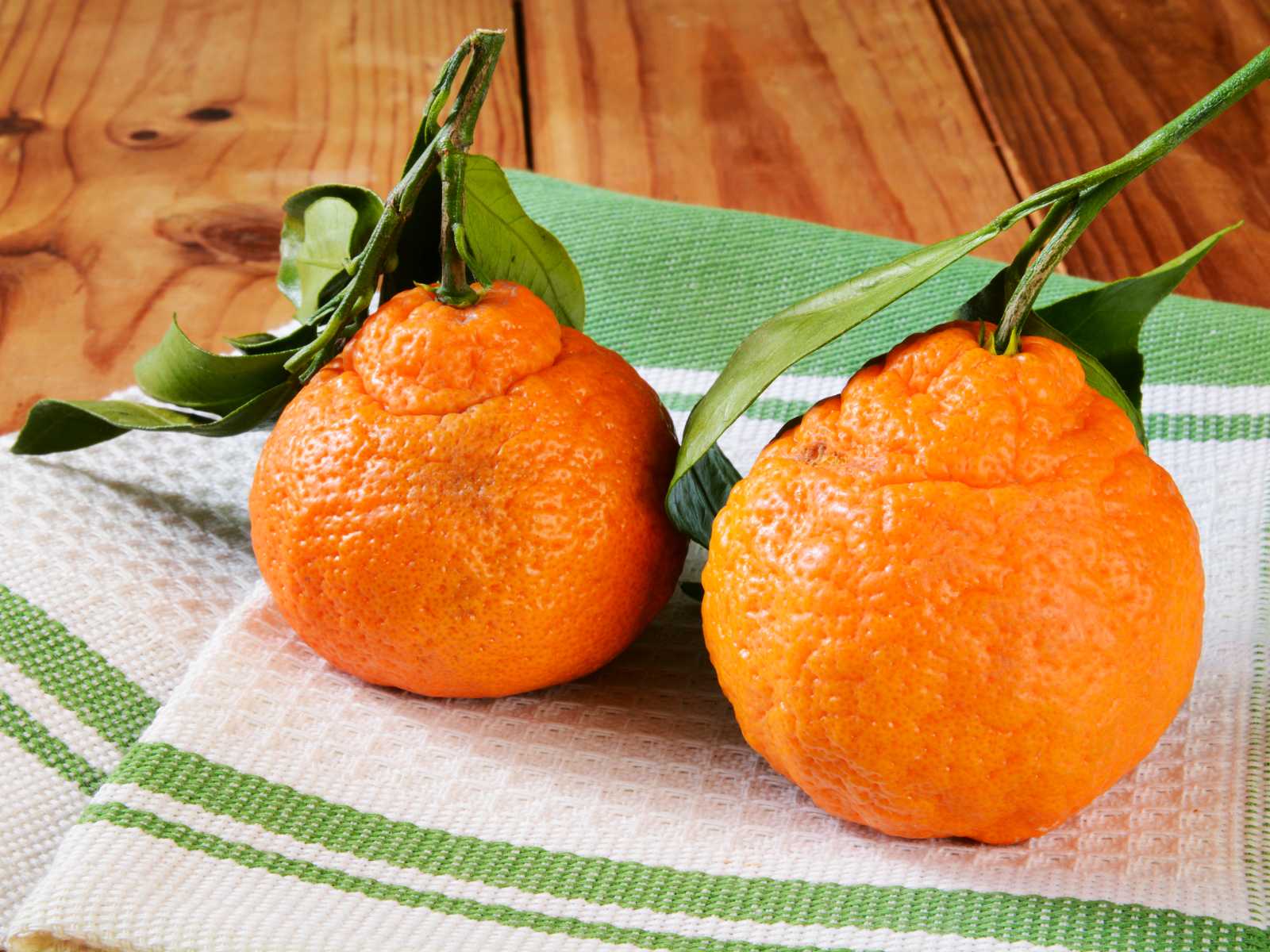- Home
- About us
- Our services
-
Specialized services
-
- Field visit
- Products
- Online sell

Plants need 16 essential elements for their full period of growth and development. These elements include 13 mineral nutrients that can be supplied from the soil. One of these nutrients is magnesium, which is a macroelement and plays an important role in plant health.
Magnesium causes the green pigment of plants, i.e. chlorophyll, and is also a key in activating the photosynthesis process. Without it, plants cannot use the sun’s energy for growth and development. Magnesium deficiency can be very harmful to plant health.
Magnesium plays an important role in cell division, protein formation, plant respiration, phosphate metabolism, nitrogen metabolism, protein synthesis, water absorption.
The symptoms of magnesium deficiency include interveinal chlorosis of the leaves, which first appears on the lower, older leaves, and as the severity of the deficiency increases, it is transferred to the young leaves as well. Finally, with the reduction of chlorophyll, some plants may show red, purple or brown colors. With the severity of deficiency, interveinal chlorosis can lead to necrosis (death of leaf tissue) with slow plant growth and poor crop production.
Therefore, it is possible to detect magnesium deficiency in plants by observing visual symptoms. Make sure your plants have enough chlorophyll to get the best growth performance.
Possible causes of magnesium deficiency in plants
Magnesium can easily be washed from light, sandy and acidic soil with heavy rainfall and leave the plant’s reach, and in cases of excessive use of fertilizers such as potash (potassium), plants absorb potassium instead of magnesium, which leads to a possible deficiency. It becomes magnesium.
Possible causes of magnesium deficiency:
– heavy raining
– Light sandy soil
– Acidic soil (with low pH), soils with low pH reduce the solubility of magnesium and this element is less available to the plant.
– Soils rich in potassium
– Cold and humid environments
– Growth environment with high EC
Solutions for supplying magnesium to plants:
To provide your plants with the magnesium they need, you can start off with a good foundation for growing your plants by using rich organic compost. These conditions not only provide a good source of nutrients such as magnesium, but also have the added bonus of conserving moisture in the soil to prevent nutrients from being washed away during heavy rainfall.
But you should be careful not to add too much magnesium to the soil, as this can prevent calcium absorption and stop plant growth. For better plant growth, it is necessary to provide a balance of various nutrients.
If there is magnesium deficiency in soil with low pH (less than pH 5), it is recommended to use dolomitic limestone (magnesium calcium carbonate) to adjust the pH level to facilitate magnesium absorption. Using soil acidity measuring tools is a simple and efficient way to measure the pH of your soil and is an essential tool for experts in addition to its diagnostic value.








